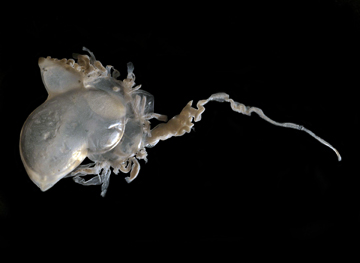
These are small predatory animals that can be solitary or colonial and most likely they will be found in salt water. They have two life cycles, hydroid and medusoid.

“I shall call him squishy and he shall be mine
and he shall be my squishy”
-Finding Nemo (Dory)
Scientific Classification
Kingdom: Animalia
Phylum: Cnidaria
Class: Hydrozoa
Order: Siphonophora
Family: Physaliidae
Genus: Physalia
History of Physalia
There is two different types of Physalia, the Pacific Man O’ War or the Portuguese Man O’ War. The name Man O’ War comes from the Portuguese Warship from the 15th and 16th century. When comparing the warship to the Man O’ War, the ship had triangular sails similar to that of the gas-filled-bladder. In-fact, the Man O War is not actually a jellyfish but is a hydroid. It is only considered a jellyfish because people who see them automatically associate them to a jellyfish.
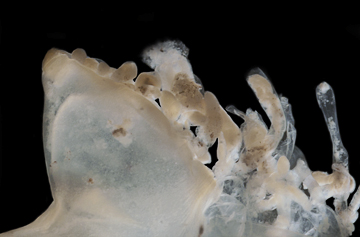
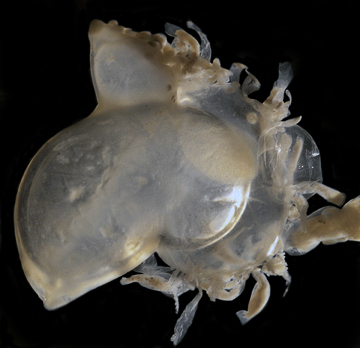
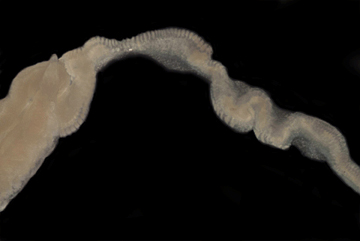
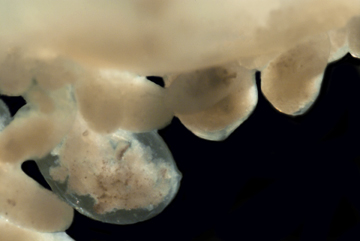
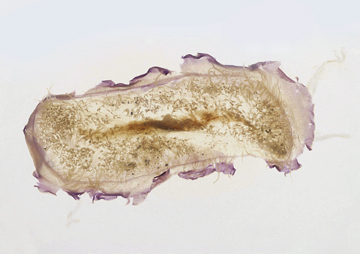
Tentacle
Tentacles act like a weight for the Man O’ War in order to remain upright. These can range up to 10meters n length and up to 7 or 8 fishing tentacles and retract in order for their length to shorten. This is also the site of which they sting and capture their prey.
History of Velella
Velella are also known as “by-the-wind-sailor, little sail, or purple sail. These creatures live in relatively warm saltwater and float on the surface of the ocean with the assistance of the wind. They travel and live in colonies or large groups that range into the thousands and are usually less than 7cm long. Velella eat plankton by putting toxins into their preys’ body but are otherwise not harmless to humans.
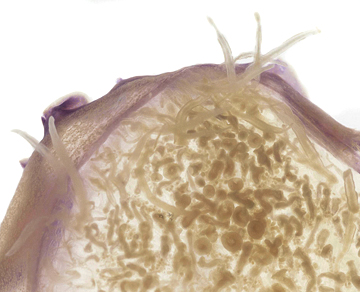
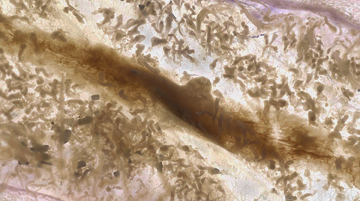
Float
Allows the Velella to stay afloat on the waters surface. It holds the brown-like-colored polyps and air tubes. The float ranges in color from blue to purple and can grow up to 8cm in length.
Mouth
The mouth is used to pick up the many foods they eat such as plankton as they float along the oceans surface
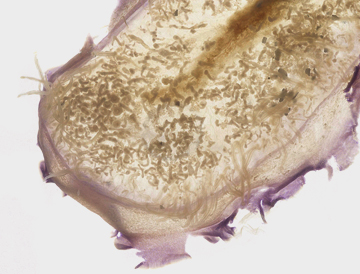
Air Vent
By taking in air, it allows the Velella to float on the surface of the water by increasing the amount on buoyancy.-Physalia was taken by using a Petri dish and distilled water. I then set this on a piece of glass kept lifted above black cardboard by two boards. The lights were then put underneath and from the side.
-All of the Velella images were taken with a Petri dish filled with distilled water sitting on top of a light box.
Programs:
-All pictures were taken and designed by using a copy stand, Nikon D200, flat piece of glass, computer to tether, two pieces of wood, 35 thimble lens, 60mm macro lens, light box, and fiber optic lights. For editing purposes, I used bridge and adobe Photoshop (CS5).
Sources:
About the Author:
My name is Kristi Bretz and I am a 3rd year Biomedical Photographic Communications Major. Upon graduating, I would like to work in Forensics or macro and micro imaging. If you have any further questions or comments please contact me at Ksb2280@rit.edu.